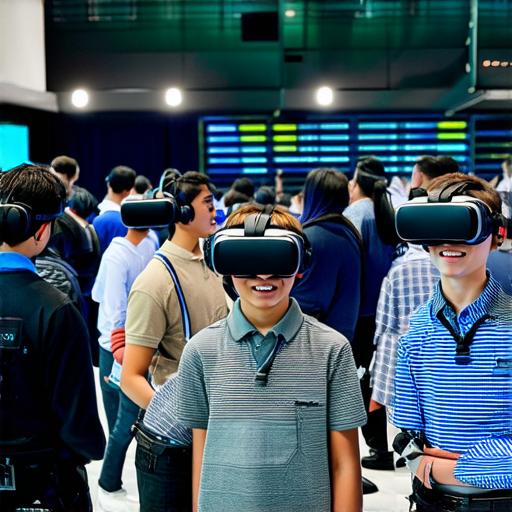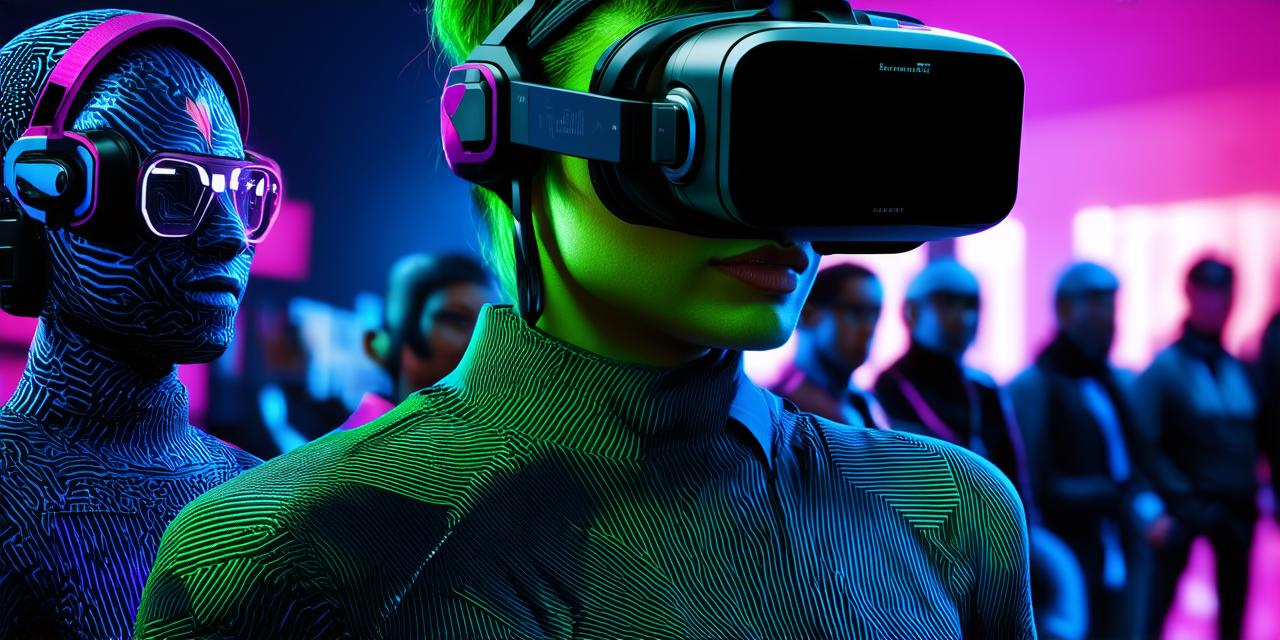Virtual reality (VR) is a rapidly growing technology that has the potential to revolutionize the way we learn. By creating immersive and interactive experiences that simulate real-world environments, VR can provide students with a unique and engaging way to learn.
In this article, we will explore some examples of virtual reality in education and discuss how this technology is being used to enhance the learning experience.

One of the most well-known examples of virtual reality in education is the use of VR simulations to teach medical students about human anatomy. By donning a VR headset, medical students can explore the intricacies of the human body in a 3D environment, interacting with virtual organs and systems to gain a deeper understanding of their function.
This type of learning is particularly valuable because it allows students to visualize complex concepts in a way that is difficult to achieve through traditional classroom instruction or textbooks. For example, a student studying the circulatory system could use VR to explore the anatomy of the heart and blood vessels in a way that is both immersive and interactive.
Another example of virtual reality in education is the use of VR simulations to teach history and social studies. By immersing students in historical events and cultural traditions, VR can provide an engaging and interactive way to learn about different time periods and cultures.
For example, a student studying ancient Egypt could use VR to explore the pyramids, temples, and other iconic landmarks of that civilization. This type of learning is particularly valuable because it allows students to experience history in a way that is both immersive and engaging.
Virtual reality can also be used to teach students about science and engineering concepts. By using VR simulations to model complex scientific phenomena such as the behavior of fluids or the movement of particles in a gas, students can gain a deeper understanding of these concepts.
This type of learning is particularly valuable because it allows students to visualize abstract concepts in a way that is difficult to achieve through traditional classroom instruction or textbooks. For example, a student studying physics could use VR to explore the behavior of objects in motion and how they interact with each other.
Virtual reality can also be used to teach language and cultural skills. By immersing students in virtual environments that simulate different languages and cultures, VR can provide an engaging and interactive way to learn about these topics.
For example, a student studying Spanish could use VR to practice speaking with native speakers or exploring the architecture of a Spanish-speaking country. This type of learning is particularly valuable because it allows students to experience language and culture in a way that is both immersive and engaging.
Despite the many benefits of virtual reality in education, there are also some challenges that need to be addressed. One of the main challenges is the cost of VR technology, which can be expensive for schools and universities. Additionally, there is a need for more research on the effectiveness of VR as a teaching tool, particularly in terms of its impact on student learning outcomes.
However, with ongoing advancements in technology and growing interest in virtual reality, these challenges may become less daunting in the future.
In conclusion, virtual reality has the potential to revolutionize education by providing students with a unique and engaging way to learn. By creating immersive, interactive experiences that simulate real-world environments, VR can provide students with a deeper understanding of complex concepts and help them develop valuable skills such as problem-solving and critical thinking. As VR technology continues to evolve, we can expect to see even more examples of virtual reality in education in the future.
